One of the effective solutions is to combine folk performances with experiential tourism, which not only helps preserve heritage but also creates momentum for local economic development. The story in Phu Nhieu village, Phu Xuyen district, Hanoi with the art of singing and dancing Bai Bong and Ho Cua Dinh is a vivid example of this story.

Journey of cultural inspiration
One weekend morning, the bus carrying a special group of guests from the program “Sunday Afternoon Gift” rolled towards Phu Nhieu village (Quang Ha commune, Phu Xuyen district). On the bus, stories about singing and dancing Bai Bong and Cua Dinh singing were told with excitement, mixed with the eagerness of those who witnessed for the first time a traditional folk art form being revived.
Journalist and culinary artist Vu Thi Tuyet Nhung, who initiated the trip, could not hide her joy when witnessing the enthusiastic response of the whole group. Previously, the program "Sunday Afternoon Gift" organized by her at her home (Nhan Chinh Ward, Thanh Xuan) attracted special attention from people who love traditional culture in Hanoi. Coming to the program, in addition to making and enjoying delicious, typical dishes of Hanoi, members also received spiritual gifts, which were traditional art performances such as Cheo singing, Xam singing, Van singing... And the journey to Phu Nhieu to listen to Cua Dinh singing and watch Bai Bong dance was the first field trip of the program "Sunday Afternoon Gift" with the desire to create more interesting cultural experiences for members.
Initially, artist Vu Thi Tuyet Nhung only planned to organize a small group with a 16-seat car, but in the end, the group of guests was many times larger than expected, to the point that she had to mobilize a 45-seat car, a 16-seat car, and some private cars.
“I didn’t expect people to be so excited. This proves that the appeal of folk culture is still very strong, we just haven’t exploited it properly,” said artisan Tuyet Nhung. She also said that in the near future, “Sunday Afternoon Gifts” will organize more culinary tours combined with enjoying folk art, both bringing new experiences to visitors and creating more income for artisans. Last weekend, the program also successfully organized a trip to enjoy the cuisine of Trieu Khuc village (Tan Trieu commune, Thanh Tri district) and learn about “Con dy danh bong” – a famous ancient dance of Thang Long land.
Ms. Nguyen Thi Kim Oanh, Vice President of the Hanoi Folk Arts Association, commented: “Sunday Afternoon Gift” is a good way to combine cuisine with cultural and artistic enjoyment. This program has been produced for more than 10 episodes and has been very well supported by everyone, showing that it has met the needs of exploring and enjoying traditional culture of Hanoians themselves.
Happy tourists, excited artisans
Arriving in Phu Nhieu, many people cannot help but admire the beauty of a suburban village that still retains both peaceful and traditional features. Following the small village road leading from the cultural house, through the village pagoda, to Phu Nhieu communal house, the feeling of old memories flooding back with familiar images such as the village pond, the village well, the cool Kim Nguu small river winding in front of the communal house gate...
We were greeted by members of the Cua Dinh singing and Bai Bong singing club of Phu Nhieu, dressed in traditional four-panel costumes or traditional costumes of the Bai Bong dance. Many young members, only 7-8 years old, were excitedly cycling around the village from early morning, chattering and waiting for the guests to return. Joy sparkled on the faces of the simple-minded artists and farmers.
Ms. Nguyen Thi Que, a member of the Cua Dinh singing and dancing club and the Phu Nhieu song Bai Bong, excitedly shared that when she was a teenager, she was taught to sing and dance by the old ladies in the village. Today, in addition to her, her grandchild also participated in the performance.
“I have been practicing singing and dancing with my grandmother since I was 4 years old. Now that I am in first grade, I can sing and dance very well,” Ms. Que pointed to her little child standing with her friends, dressed up in performance costumes, and excitedly boasted. Not only Ms. Que, but many members of the club who performed today also have children and grandchildren participating in the performance. This shows that folk performing arts not only attract adults but also strongly inspire the younger generation.
Although she no longer participates in singing and dancing, Meritorious Artist Vu Thi Xuyen still regularly appears in the club's performances as a spiritual support. At the age of 83, her whole life has witnessed many ups and downs of the art of singing and dancing Bai Bong and Cua Dinh singing. She was taught singing and dancing by the elders in the village since she was just a teenager, then during the war, this folk art of singing and dancing seemed to have been lost... Later, when the art of singing and dancing Bai Bong was restored, she became the one to teach it to the next generation. Her family is also a special family in Phu Nhieu, her husband is Cua Dinh singing artist Luong Tat To, her daughter, daughter-in-law, grandchildren, and great-grandchildren are all active members of the club.
“Every time I watch the children perform, I am very happy. I hope that there will be more regular activities to preserve the precious heritage of our ancestors” - Meritorious Artist Vu Thi Xuyen shared.
To perform folk songs is not only a spiritual joy

Returning to Phu Nhieu today, the writer is no longer worried about the loss of traditional arts. The club is attended by many young people, and although many of the older artists are no longer around, their songs and dances have been documented, recorded on video, and edited to suit performance programs...
Meritorious Artist Le Van Tam said that since 2003, when the late Professor To Ngoc Thanh came to appraise Phu Nhieu cultural heritage, he was amazed and called it the "pure gold mine" of Vietnamese folk culture. Phu Nhieu village has a tradition of preserving the Bai Bong dance for more than 500 years. Currently, the village still preserves the ancient Nom script version of the dance compiled and translated into Vietnamese by the late artisan Luong Duc Nghi, along with video tapes and valuable documents.
According to Mr. Nguyen Van Truong, Secretary of Phu Nhieu Village Party Cell, since 1996, the locality has restored Cua Dinh singing and Bai Bong dancing. The club currently has nearly 200 members of all ages, from 80-90 year olds to 7 year old children. This activity not only maintains cultural life but also creates an atmosphere of community cohesion.
But most of the people who join the club, including the artists, only have spiritual joy, performing for “fun” only, even “eating at home and carrying the burden of the whole village”. The monthly support budget from the district for the club of a few million (VND 30 million/year) is only for encouragement. To maintain, develop, and even exploit the precious capital of our ancestors in tourism activities, creating income for the community still seems to be a distant dream.
“In addition to performing at local traditional festivals during the Lunar New Year and the 15th day of the 8th lunar month, in recent years, the club has also been invited to perform in districts and cities. Or when individuals or organizations want to organize cultural exchanges, the locality always creates favorable conditions to support. Currently, the mechanism for artisans is still mainly to encourage and have fun. To develop more strongly, there needs to be investment and support from many sides" - Mr. Nguyen Van Truong shared.
However, suggestions from the program "Sunday Afternoon Gift" show that if we look for new, creative ways, opportunities will open up.
“Combining folk performances with tourism will contribute to preserving heritage in a sustainable way, helping artisans have a more regular source of income, while also creating momentum for local economic development. In many countries, folk art is exploited in the form of "heritage tourism", where visitors not only visit but also directly participate in cultural activities. Hanoi can completely learn from this model, organizing experiential tours in villages with unique artistic heritage such as Phu Nhieu" - Ms. Nguyen Thi Kim Oanh commented.
Source: https://hanoimoi.vn/du-lich-trai-nghiem-co-hoi-moi-cho-dien-xuong-dan-gian-cach-lam-sang-tao-de-phat-huy-gia-tri-di-san-698763.html


![[Photo] Prime Minister Pham Minh Chinh meets with General Secretary and President of China Xi Jinping](https://vstatic.vietnam.vn/vietnam/resource/IMAGE/2025/4/14/893f1141468a49e29fb42607a670b174)


![[Photo] Reception to welcome General Secretary and President of China Xi Jinping](https://vstatic.vietnam.vn/vietnam/resource/IMAGE/2025/4/15/ef636fe84ae24df48dcc734ac3692867)
![[Photo] National Assembly Chairman Tran Thanh Man meets with General Secretary and President of China Xi Jinping](https://vstatic.vietnam.vn/vietnam/resource/IMAGE/2025/4/14/4e8fab54da744230b54598eff0070485)
![[Photo] Tan Son Nhat Terminal T3 - key project completed ahead of schedule](https://vstatic.vietnam.vn/vietnam/resource/IMAGE/2025/4/15/85f0ae82199548e5a30d478733f4d783)
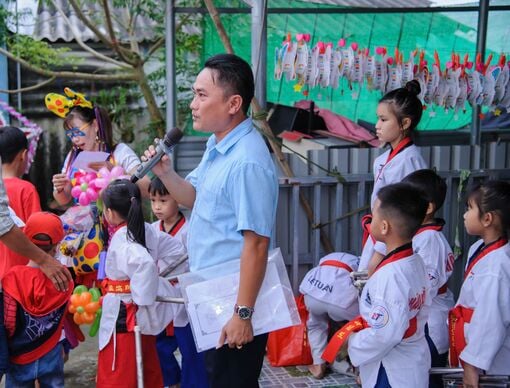
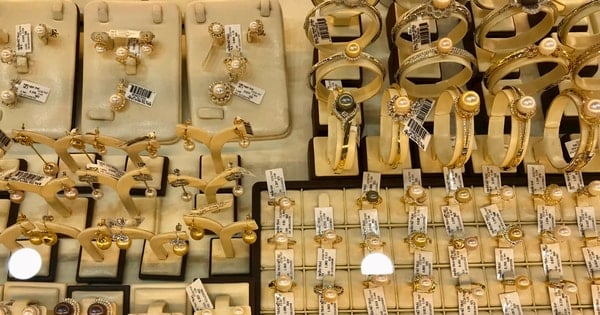



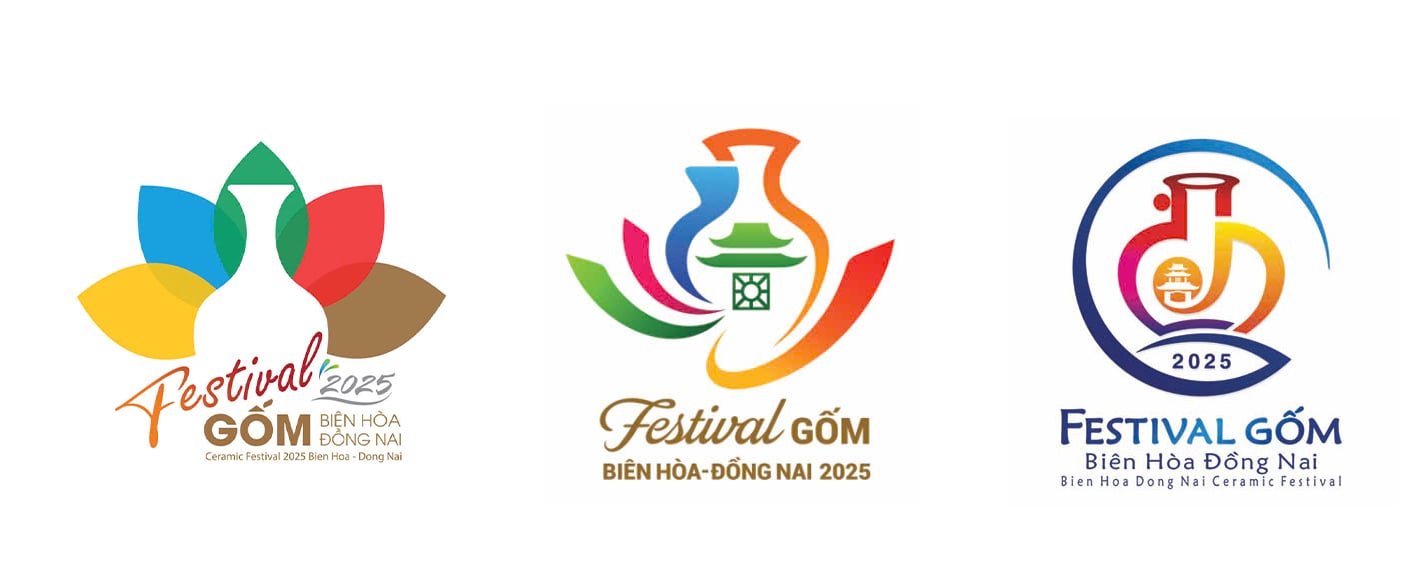


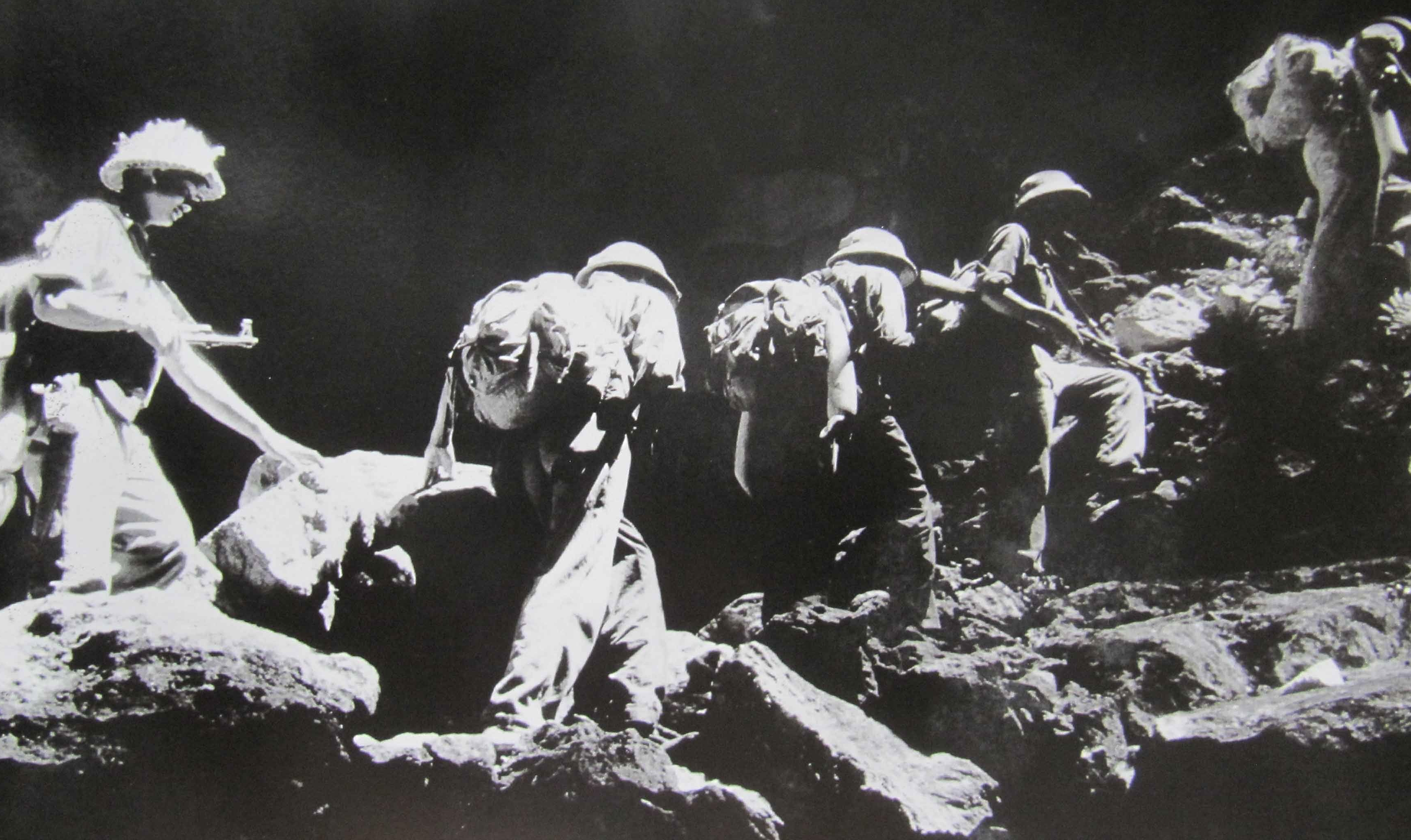

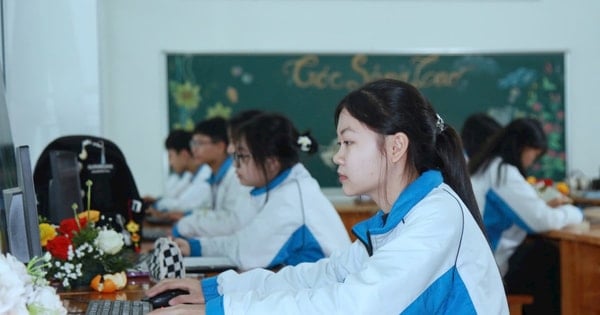




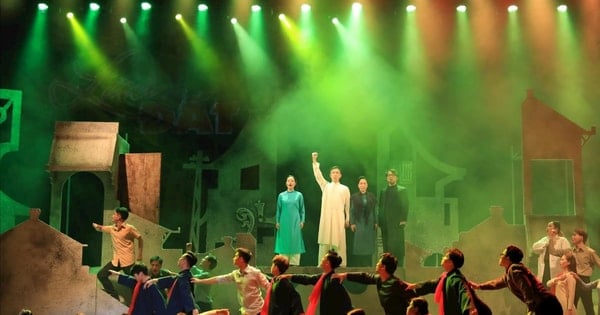
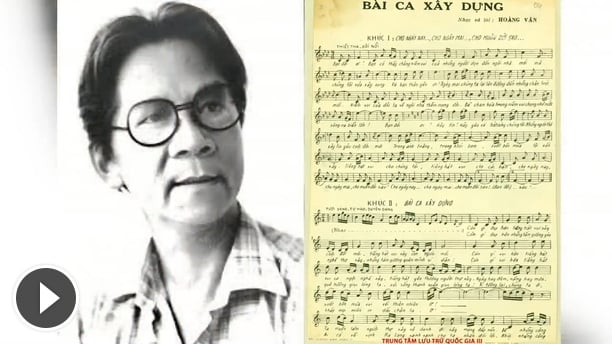



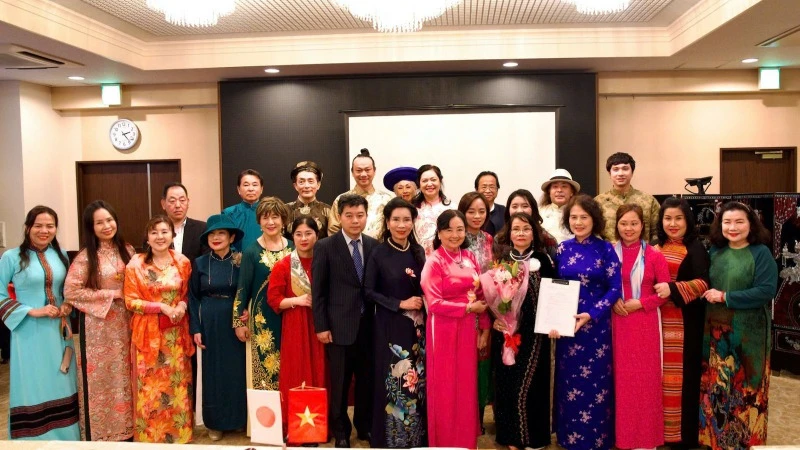

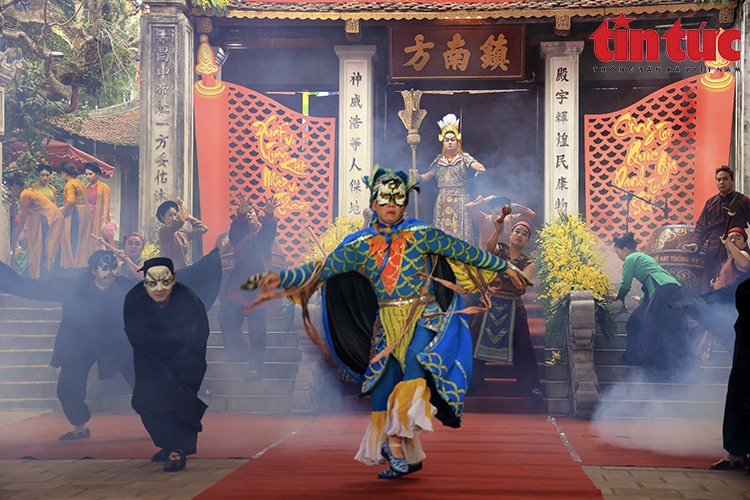


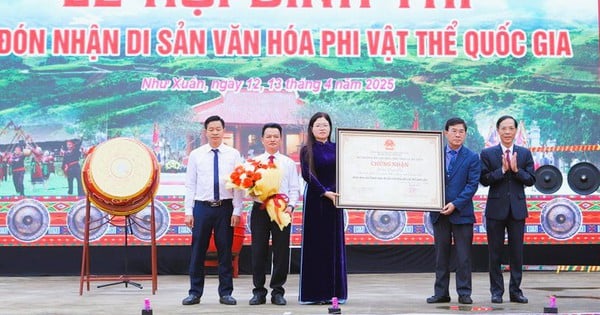

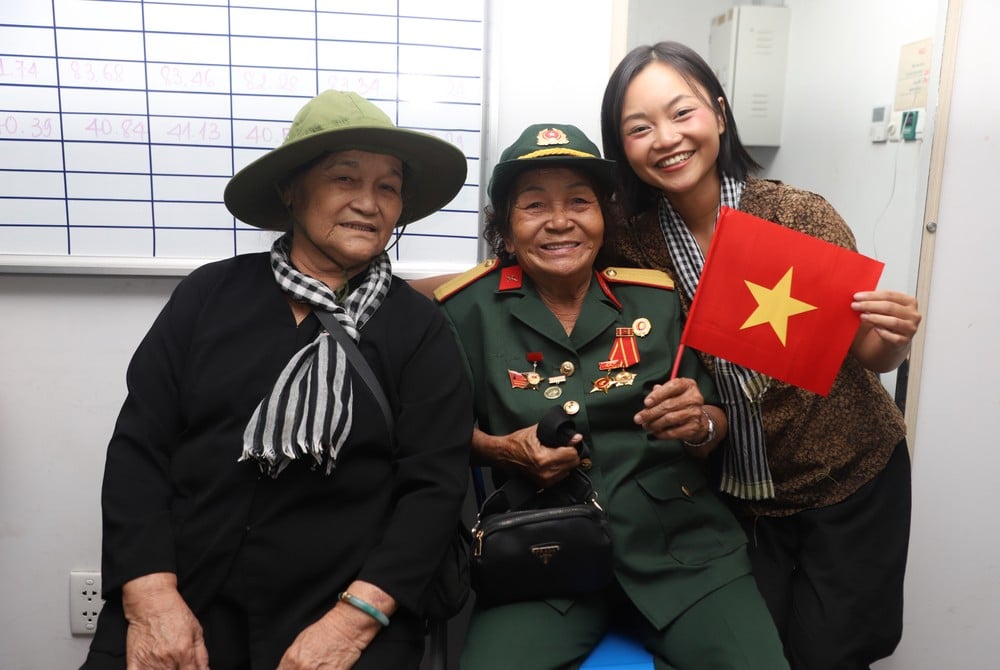





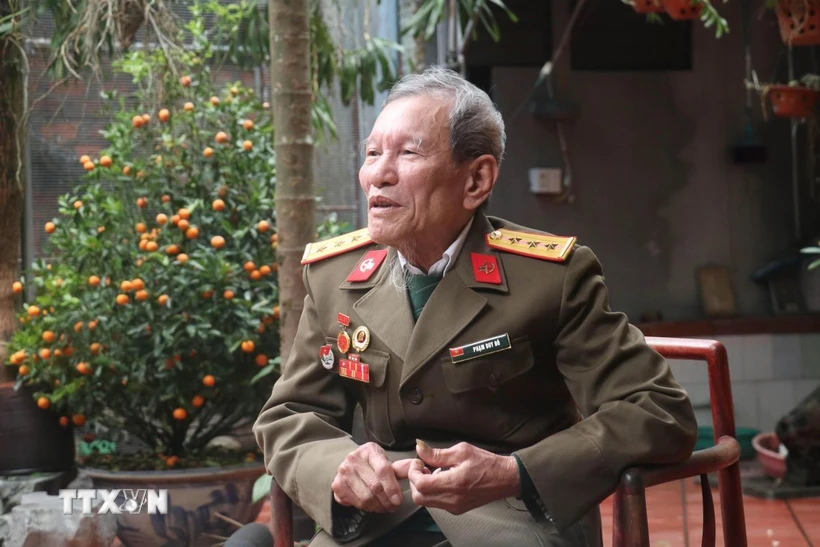




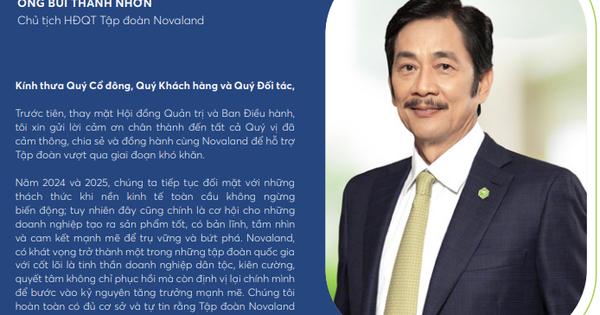











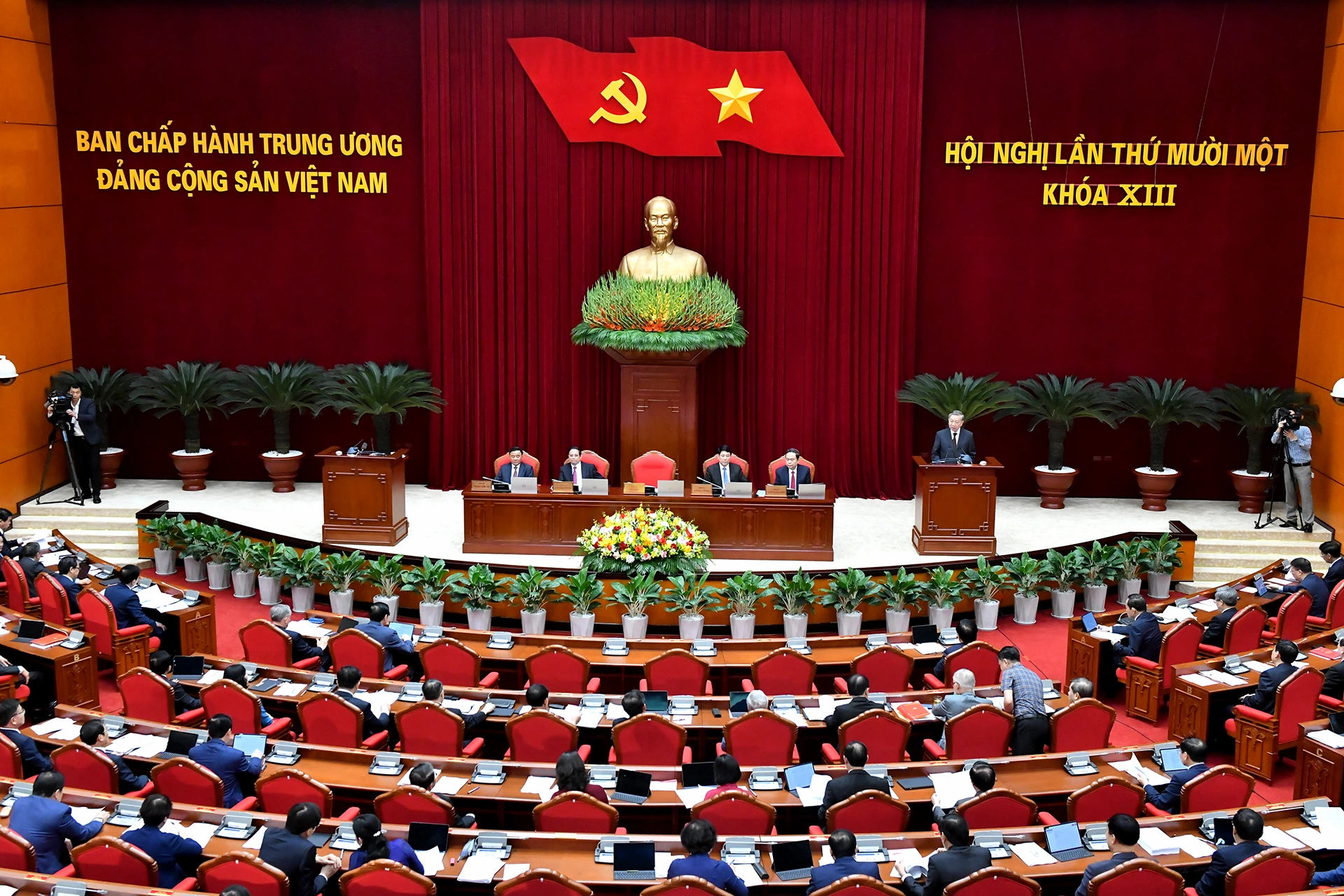
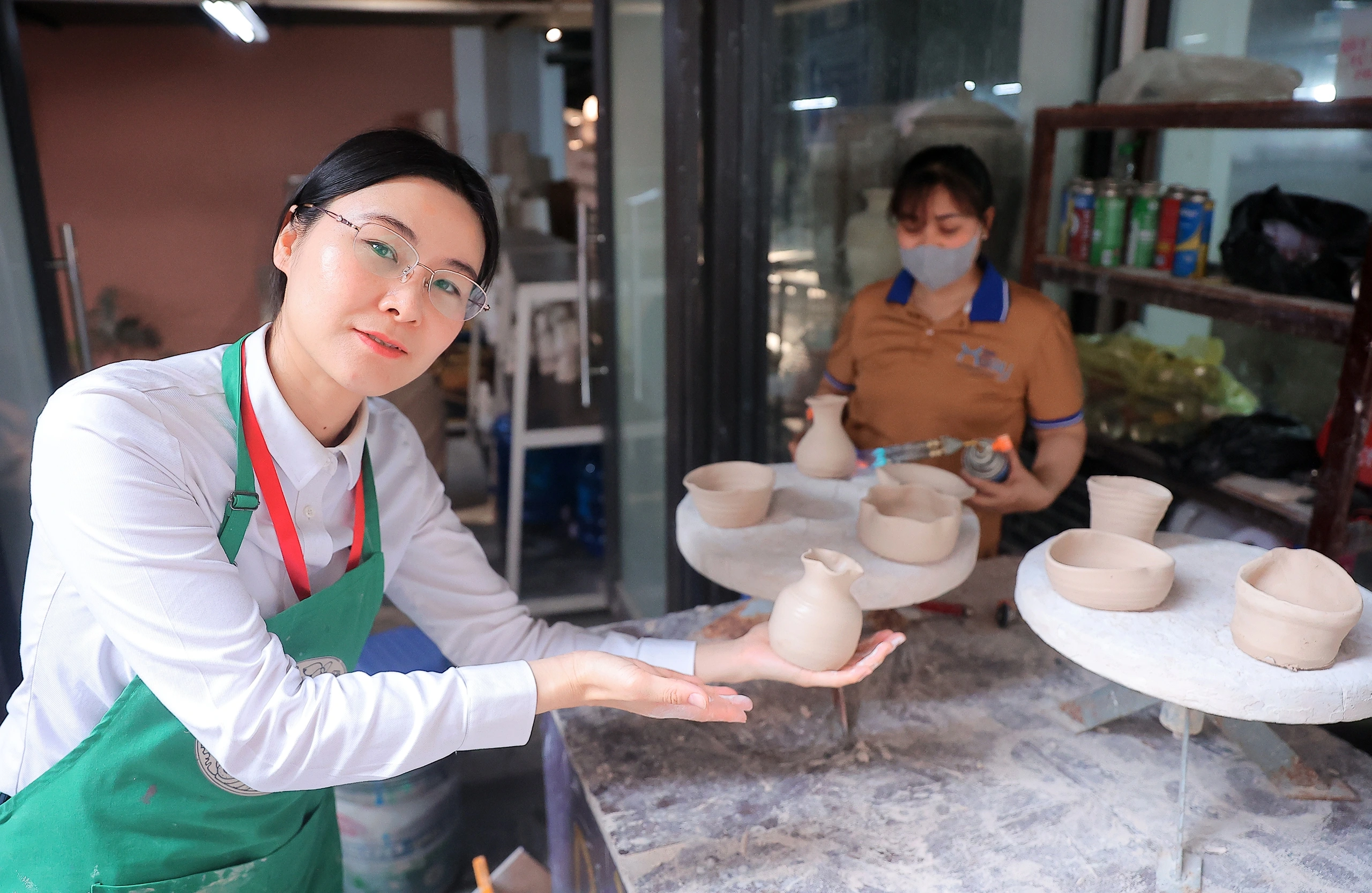
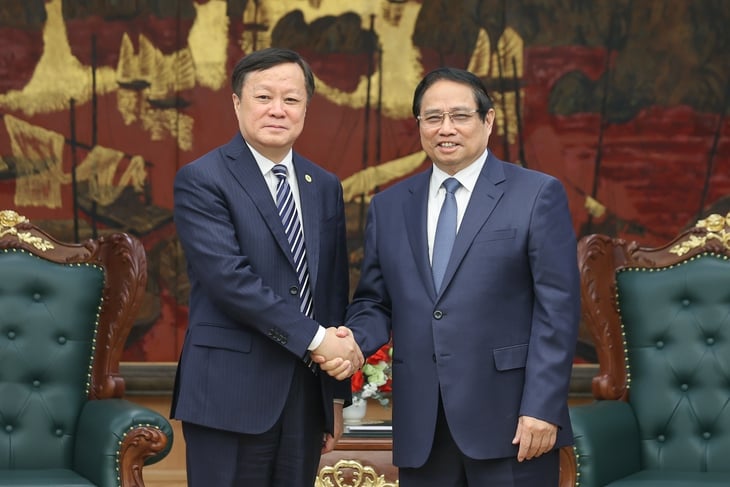



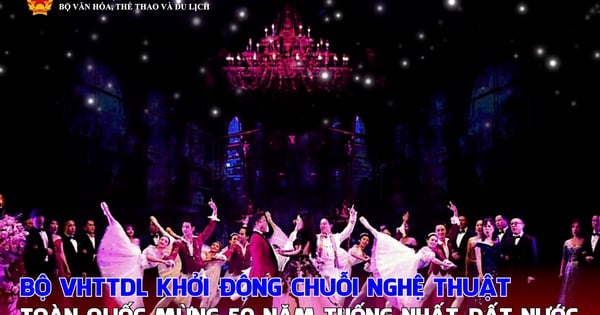
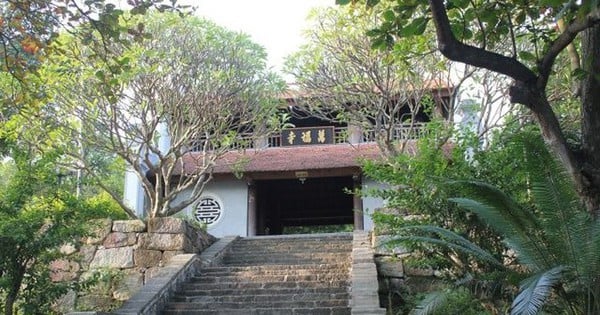
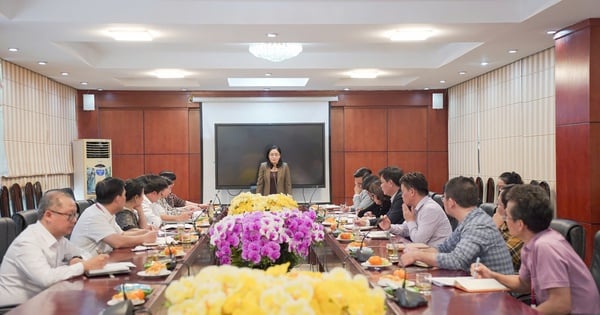





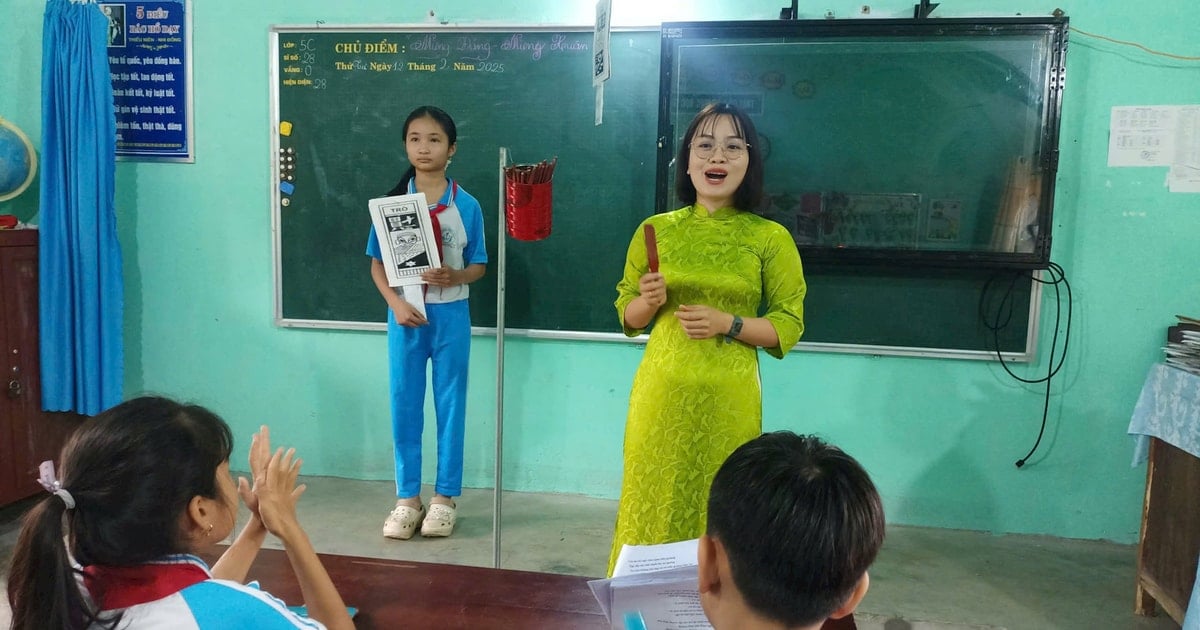



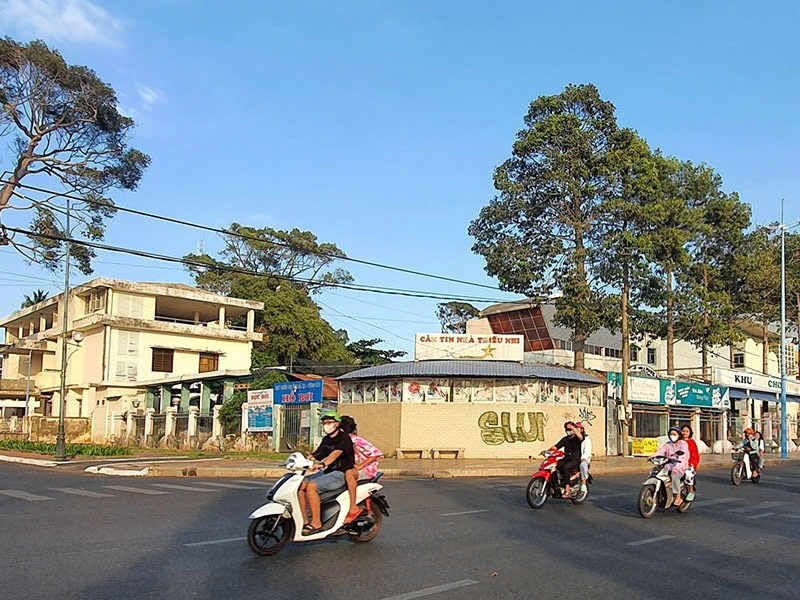



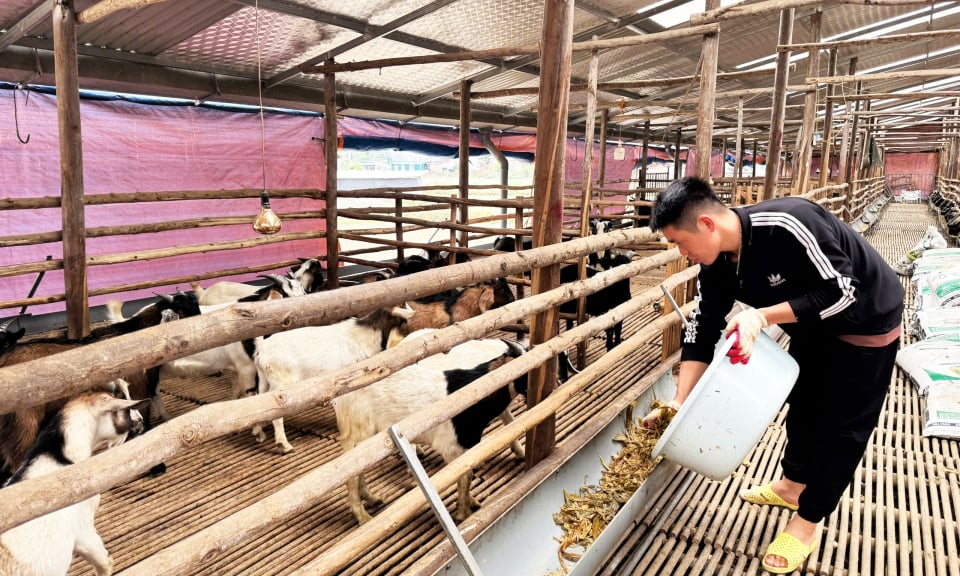



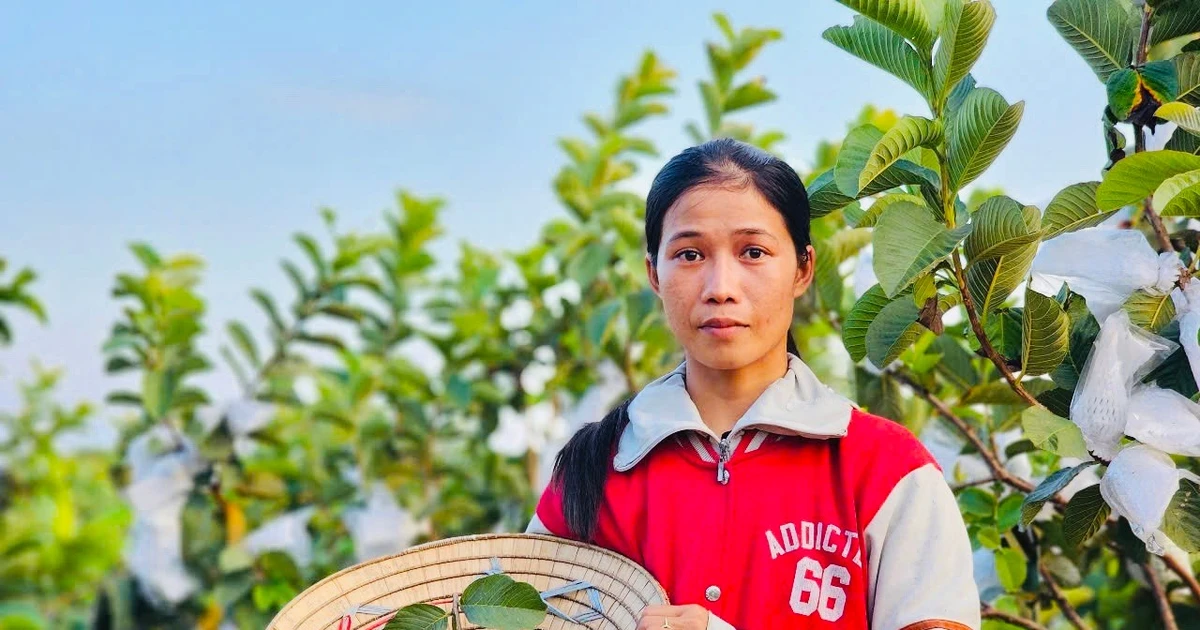

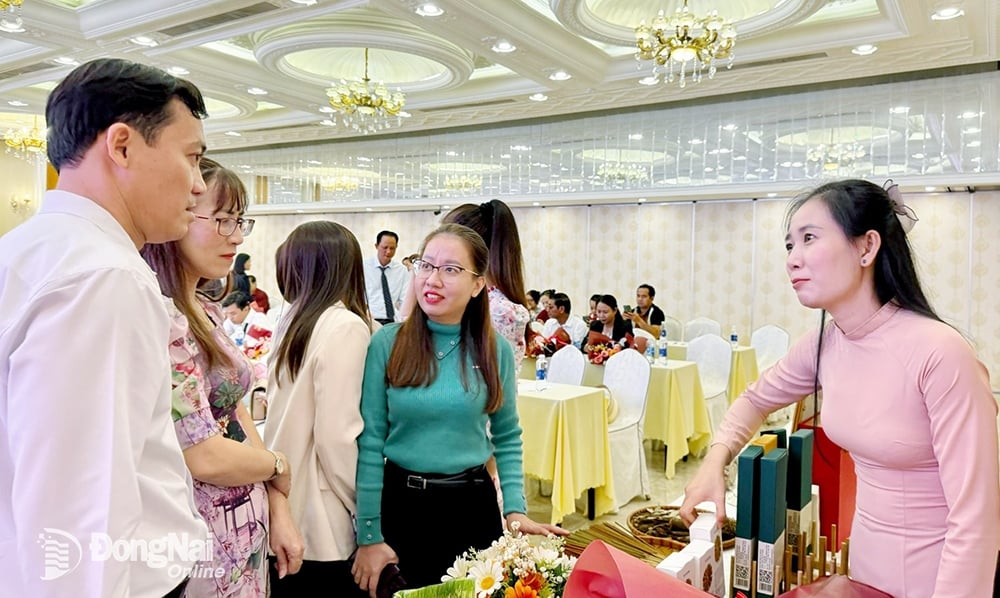

Comment (0)